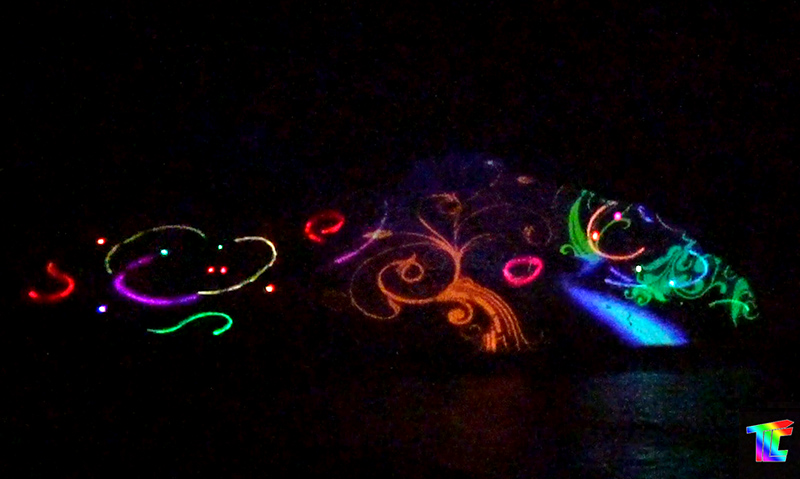Video Projection
Video projectors work by receiving a video signal from a source, such as a computer, DVD player, or media server. The video signal contains the visual information, which is then processed and transformed into an image by the projector. The projector uses a light source, typically a high-intensity lamp or LEDs, to generate a bright beam of light. This light passes through various lenses and optical components inside the projector, which manipulate and focus the light to create a sharp and detailed image.
The projected image can vary in size depending on the projector’s specifications and the distance between the projector and the projection surface. It can range from small-scale projections suitable for intimate settings to large-scale projections suitable for auditoriums, theaters, or outdoor events. The quality of the projected image is influenced by factors such as the resolution and brightness capabilities of the projector, the quality of the video source, and the ambient lighting conditions in the environment.
Video projection finds applications in various fields, including entertainment, art installations, advertising, education, corporate presentations, and live events. It offers a visually immersive experience, allowing audiences to engage with dynamic and captivating visuals. Video projection can enhance storytelling, create stunning visual effects, and provide a powerful medium for conveying information and ideas.
With advancements in technology, video projection has evolved to include features like high-definition (HD) and ultra-high-definition (4K) resolution, 3D projection, and interactive capabilities. Additionally, newer projection techniques such as mapping onto three-dimensional objects or buildings have opened up new creative possibilities for projection artists and designers.
In summary, video projection is a versatile and impactful technology that enables the projection of moving images onto various surfaces. It has become an integral part of many industries, offering immersive visual experiences and engaging audiences in a wide range of applications.
TLC Projection Mapping
Video on mountains, 360 fabric screens, onto buildings and sets; anything is possible with the latest technology projection mapping. TLC’s 360 Lakers screen reveal & release system uses 8 projectors to map video onto a 360 cylinder of quickly revealed fabric. TLC creates video entertainment, visual and sonic art, dynamic natural scenes, and creates projected shows using multiple video projectors and live special effects to exceed your audience’s expectations.

